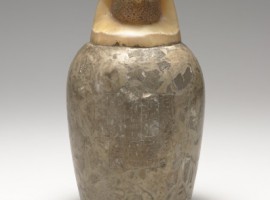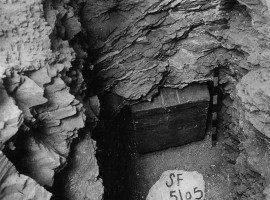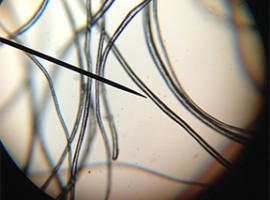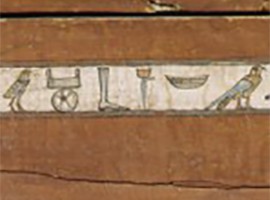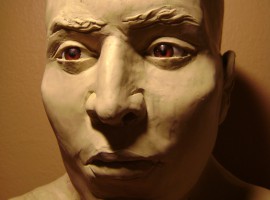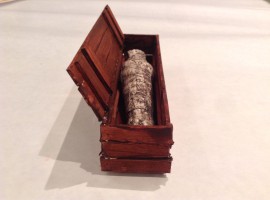Tomb Excavation
Tjeby the mummy was found and excavated in 1923 from a tomb near Sheikh Farag in Egypt. The excavations were carried out by a joint archaeological expedition between Harvard University and the Museum of Fine Arts, Boston. He was found in a Tomb S.F. [Sheikh Farag] 5105, where he had been interred together with a second mummy in the First Intermediate Period, about 4,000 years ago. At this time, mummies were positioned in coffins on their sides with their head toward the north and their faces toward the east. In this position, Tjeby’s eyes aligned with the magical eyes painted on the coffin’s exterior. The Egyptians believed that this allowed Tjeby to look toward the rising sun, a sign of renewal. The painted eyes have the form of wedget eyes, the Eye of Horus, which was able to ward off evil. The second mummy in the tomb is known as Tjeby the Elder and may have been Tjeby’s father.
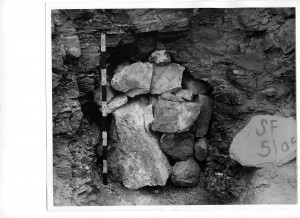
Excavation site still enclosed with rock.
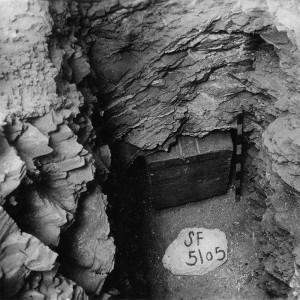
Excavation site with rock removed and coffin revealed.
Artist’s model of Tjeby and his Coffin.
VMFA Acquisition and Artifact Work
The Virginia Museum of Fine Arts acquired the mummy in 1953 from the Museum of Fine Arts, Boston. The first CT scan of Tjeby was done in 1986, when this technique was in its infancy. These CT-scans and X-rays made at the time revealed that many of Tjeby’s bones had shifted from their original places and indicated that the mummy was not in a very good state of preservation. In 2013, working with HCA Healthcare (a privage medical firm) and scholars from the Akhmim Mummy Studies Consortium, VMFA carried out a new CT-scan, taking advantage of new advances for this technique.
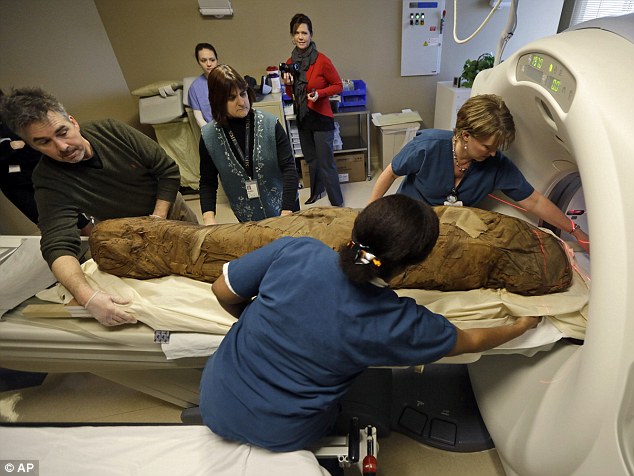
Tjeby as the “ideal patient” and lying still for his CT scan.
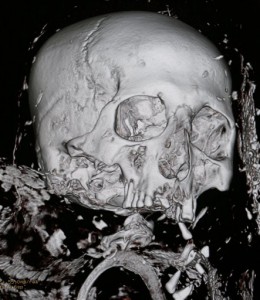
Tjeby’s facial CT scan results.
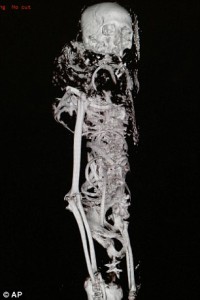
Tjeby’s full CT scan results.




